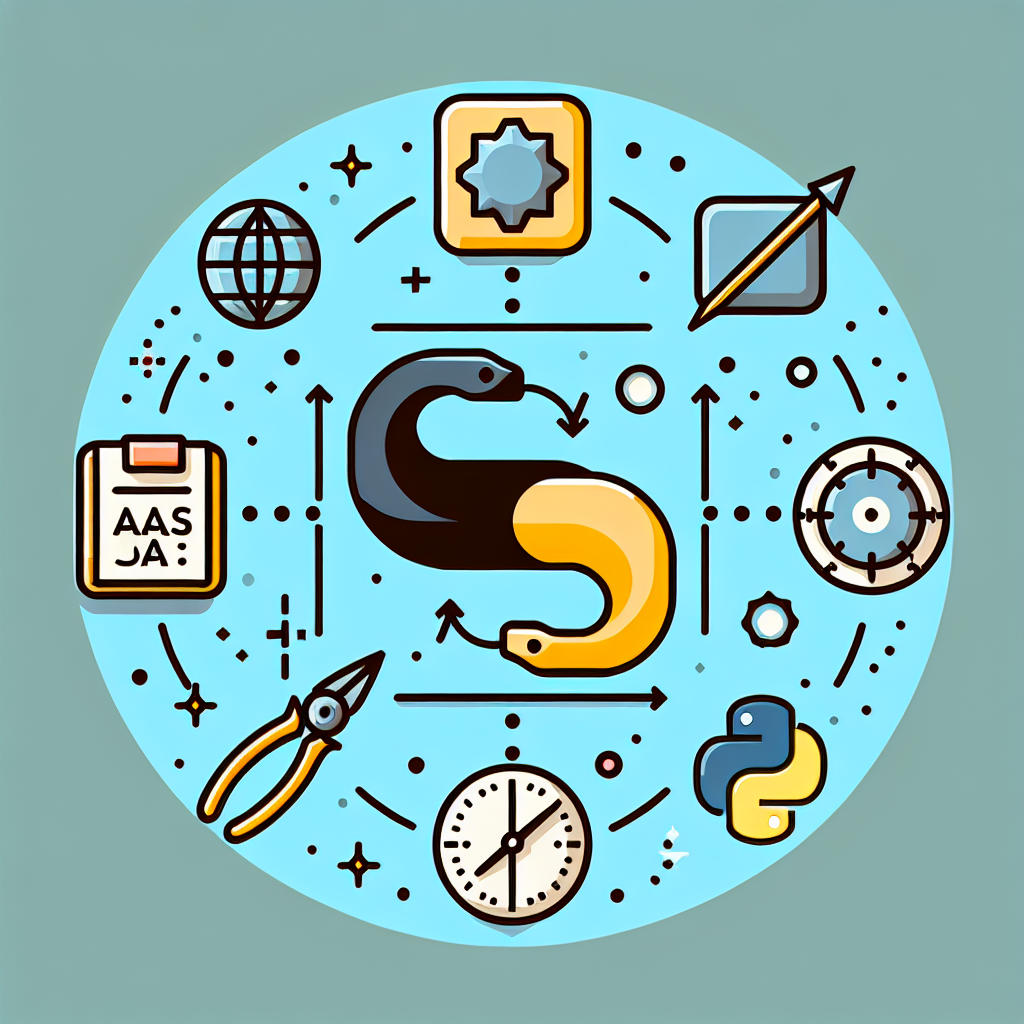Master SAS to Python: Easy Conversion Tool Guide
Effortlessly convert SAS code to Python with our powerful tool. Enhance productivity and streamline data analysis. Try it now for seamless transitions!
Source Code
Converted Code
Output will appear here...
SAS to Python Converter is an essential tool for data scientists and analysts looking to seamlessly transition code from SAS to Python, enhancing workflow efficiency and adaptability. This tool supports a wide range of statistical functions and data manipulation tasks, enabling users to leverage Pythons expansive libraries and community support. Ideal for those aiming to modernize their data analytics processes, it ensures a smooth migration with minimal learning curve.

Convert SAS Code to Python Effortlessly Link to this section #
Transitioning from SAS to Python can streamline your data analysis process, offering access to a wide range of open-source tools and libraries. This guide provides insights into converting your existing SAS code to Python, ensuring a seamless switch.
Benefits of Transitioning Link to this section #
- Open-source Flexibility: Python offers extensive libraries like pandas, NumPy, and scikit-learn.
- Community Support: Python’s growing community provides vast resources and forums.
- Cost Efficiency: Reduce licensing costs associated with SAS.
Conversion Strategies Link to this section #
Understand SAS Procedures: Familiarize yourself with the SAS procedures (
PROC) you wish to convert. Each has a Python equivalent.Data Handling: Use
pandasfor data manipulation and analysis, similar to SAS data steps. Example:import pandas as pd # Read CSV file in Python df = pd.read_csv('data.csv') # Equivalent SAS data step # DATA work.dataset; # SET sashelp.dataset;Statistical Analysis: Replace SAS statistical procedures with Python's
statsmodelsorscipy.Machine Learning: Transition from SAS’s
PROC REGorPROC LOGISTICto Python’sscikit-learn.
Conversion Tools Link to this section #
SASPy: A Python library that interfaces with SAS, allowing you to run SAS code from a Python environment. SASPy Documentation
StatTransfer: Use this software to convert datasets between SAS and Python-compatible formats.
Challenges and Tips Link to this section #
- Syntax Differences: Python’s syntax differs significantly; invest time in learning Python basics.
- Performance Optimization: Python scripts might need optimization for handling large datasets efficiently.
- Error Handling: Ensure thorough testing and validation during conversion to mitigate errors.
For more detailed guidance, consider consulting SAS documentation and Python community forums like Stack Overflow.
Embrace the flexibility and power Python offers, making your data analysis tasks more efficient and cost-effective.
Frequently Asked Questions
What are the key differences between SAS and Python?
SAS is a commercial software suite specifically designed for advanced analytics, business intelligence, and data management, whereas Python is an open-source programming language that is versatile and widely used for a variety of applications, including data analysis. SAS provides robust support and is known for its reliability in handling large datasets, while Python, with libraries like pandas and NumPy, offers flexibility and a large community for support.
How can I convert SAS code to Python?
Converting SAS code to Python involves understanding the logic of the SAS scripts and replicating that logic using Python libraries such as pandas, NumPy, and statsmodels. This process often includes translating data manipulation, statistical analysis, and data visualization commands from SAS syntax to Python. There are also tools like 'saspy', a Python package that allows you to run SAS code within a Python environment, which can assist in this conversion process.
What are the advantages of using Python over SAS?
Python offers several advantages over SAS, including its open-source nature, which makes it free to use and modify. Python also has a vast ecosystem of libraries and tools for data science, machine learning, and web development, making it more versatile than SAS. Additionally, Python's large and active community provides extensive support and resources for troubleshooting and learning.